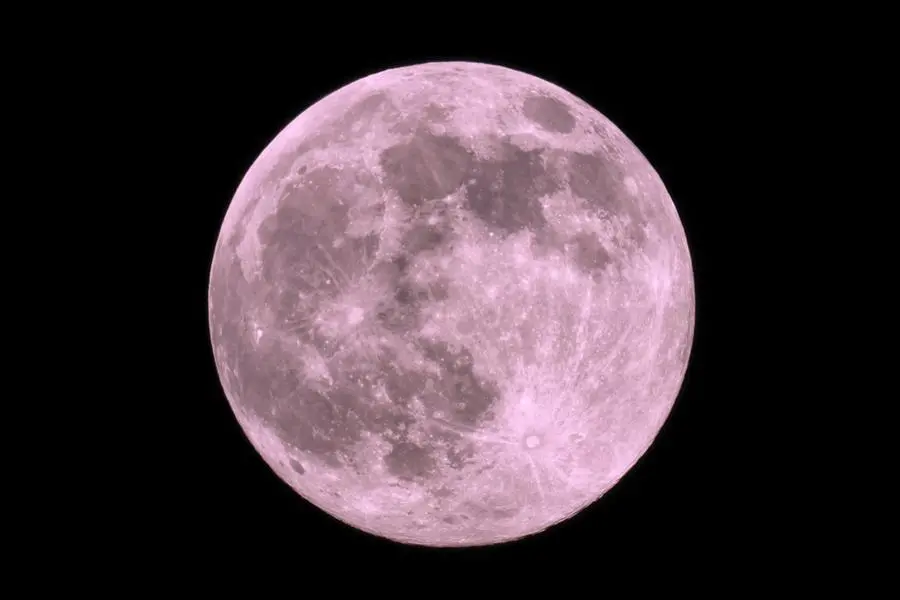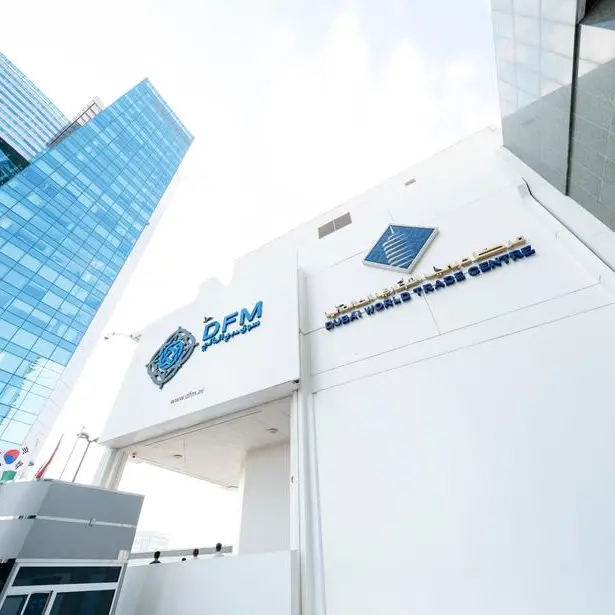PHOTO
For those who enjoy stargazing, it may be worth your while to keep an eye out for May's full moon, referred to as the 'Flower Moon', that's set to appear this Friday.
Its called the 'Flower Moon' because it typically coincides with the blooming of flowers in many parts of the world. In Dubai, due to the exceptional brightness of the 'Flower Moon', residents of the country will be able to observe it without the need for telescopes or binoculars.
It’s said the name has its origins in Native American and Colonial American traditions, where each full moon was given a name that reflected the season and the natural cycles of the Earth.
Sarath Raj, Project Director, Amity Dubai Satellite Ground Station and AmiSat, Amity University Dubai, says, “In many cultures, May is a time of renewal and growth, and the blooming of flowers is seen as a symbol of this. The full moon in May was therefore named the 'Flower Moon' to honour this natural phenomenon.”
The phenomenon behind the full moon itself is due to the moon's position in its orbit around the Earth.
“As the moon orbits the Earth, it passes through different phases, with the full moon occurring when the moon is on the opposite side of the Earth from the Sun, with its entire illuminated side facing the Earth.”
During the full moon phase, the Moon appears to be very bright and visible for most of the night, rising at dusk and setting at dawn.
“The 'Flower Moon', in particular, may appear slightly larger than other full moons because it occurs when the Moon's ecliptic longitude is exactly 180 degrees away from the Sun's ecliptic longitude, as viewed from the centre of the Earth. However, there is no discernible visual difference in the Moon at this exact moment, and a full moon can be seen at any time of night,” highlights Raj.
May's full moon will coincide with a penumbral lunar eclipse, which happens when the Moon passes through the outer edge of the Earth's shadow, resulting in a slight dimming effect on the Moon.
“A penumbral lunar eclipse is a type of lunar eclipse that occurs when the Moon passes through the outer, fainter part of Earth's shadow known as the penumbra. During a penumbral lunar eclipse, the Moon appears darker or dimmer than usual, but does not turn red or orange like it does during total or partial lunar eclipses.”
“The eclipse occurs gradually as the Moon moves into and out of the Earth's penumbra, with the maximum eclipse occurring when the Moon is closest to the centre of the penumbra. In Dubai on May 5, 2023, the moon will be at a Right Ascension of 14h 27m 31.6s and Declination of -15° 16' 25.2" with a magnitude of -12.52. The Moon will be situated approximately 380,000 kilometres away from the Earth. In astronomy, negative values are used to represent the apparent magnitude of the brightest celestial objects, such as stars, planets, and galaxies,” he adds.
Copyright © 2022 Khaleej Times. All Rights Reserved. Provided by SyndiGate Media Inc. (Syndigate.info).





















